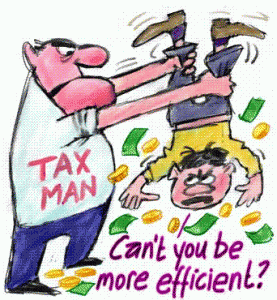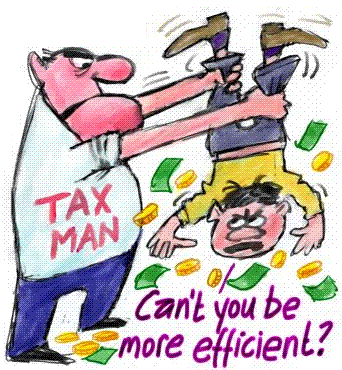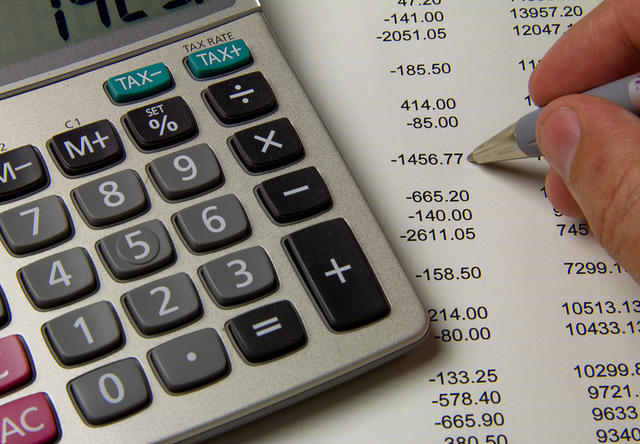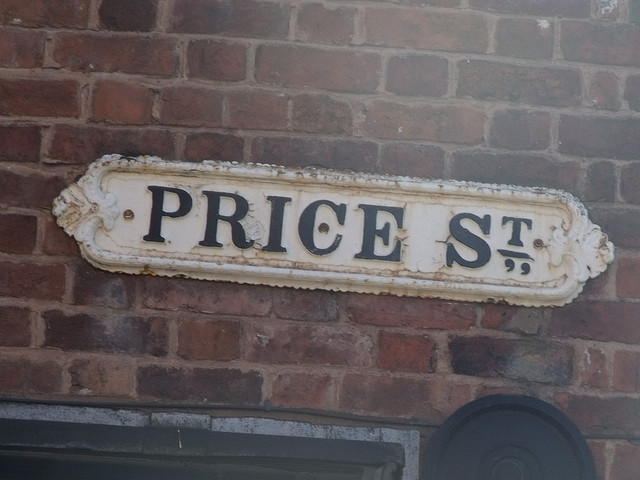Positives of Negative Gearing – How it works
updated 4th October 2016
Negative gearing benefits
“You may be able to obtain a negative gearing benefit without having to outlay cash in a financial year, if you take advantage of depreciation and building write-off allowances”
How does it work?

For example, if your property rents for $380 per week and in the 2008 financial year it is fully tenanted, the resulting rental income would be $19,760. Deductible expenses for that year total $30,000, bringing your net rental loss to $10,240.
Assuming your net taxable income for that year, excluding the rental loss, is $75,000, the negative gearing benefit from your rental loss will be $10,240 x 30% (the marginal tax rate), or $3,072.
Income Tax payable
Without rental loss $75,000 $17,100
Including rental loss $64,760 $14,028
Difference $3,072
In other words, the tax saved by negative gearing will contribute toward, but ordinarily will not exceed, investment expenses.
What can you claim?
Under current Australian income tax law, you can claim a tax deduction to the extent that any cost you incur is sufficiently connected to your investment property. Additionally, non-cash expenses such as depreciation can also generally be deducted.
Some common tax deductions relating to rental income include:
- Body corporate fees
- Borrowing costs – note that apportionment rules may apply
- Council rates and water fees
- Depreciation on assets
- Building construction cost write-off in many circumstances
- Insurance
- Interest
- Property inspections
- Repairs and maintenance
Turning negative into positive
It is important to bear in mind that, over time, taxable income could begin to exceed tax deductions, and your property may cease to be negatively geared.
Common situations where this change may occur include:
- Earning higher rents
- Loan principal repayments leading, over time, to decreased interest costs on principal and interest loans
- Fully depreciated assets, especially where deductions are greater in the first years of an asset’s use under the diminishing value methodology
How does depreciation fit in?
You may be able to obtain a negative gearing benefit without having to outlay cash in a financial year if you take advantage of the depreciation and building write-off allowances in Divisions 40 and 43 of the Income Tax Assessment Act, 1936.
Although many people are familiar with ordinary Division 40 depreciation on plant and equipment, fewer appreciate the opportunities afforded by the Division 43 building write-off. This allowance enables you to deduct your property’s construction costs at 2.5% per year (or 4% in some cases), non-reducing.
Depending on the circumstances, these deductions can result in a cash-flow positive investment that is also negatively geared.
Example:
A property costing $270,000 to construct attracts an annual Division 43 allowance of $6,750 at 2.5% per year. Additionally, Division 40 depreciation totals $3,000 in the first year of renting.
The property rents for $320 per week, and was tenanted for the whole year, resulting in $16,640 income. Assuming costs (other than depreciation) total $16,000, the property is cash-flow positive, returning $640 before tax.
However, taking depreciation into account, the property shows a net rental loss of $9,090. At the 30% marginal tax rate, this gives a negative gearing benefit of $2,727, and the $640 cash is effectively tax-free.
Investors often overlook the potential benefit of Division 43 allowances, and we strongly suggest that a valuer be engaged to quantify the amounts, if any, which can be treated this way.
A word of caution: tax deductions claimed under Division 43 for most newer properties will result in a commensurate cost base reduction, leading to larger taxable capital gains, or smaller capital losses, when the property is later sold.
As these gains may only be 50% taxable, the detrimental effect of this reduction will usually be less than the benefit already gained.
Who should own the property?
In the case of a jointly-held investment, for example husband and wife, it may be better if the higher income-earner of the couple has a greater ownership interest.
As the size of the negative gearing benefit depends on the marginal tax rate of the individual in whose name the rental loss is realised, a greater benefit will be obtained if a greater marginal tax rate is applied.
Again, the trade-off comes home on sale of the property, when the higher-earning taxpayer will receive a larger taxable capital gain than the taxpayer in the lower bracket.
What if I own property overseas?
Generally you can negatively gear an overseas investment, but you should be aware that there are restrictions on some of the expenses that may contribute toward rental losses.
You should seek appropriate tax advice should you wish to apply this strategy to property outside Australia.
Do I have to wait until 30 June to access my tax benefits?
Depending on your circumstances, you may apply for an Income Tax Withholding Variation from the Australian Taxation Office.
This variation decreases the tax withheld from the periodic payment of your salary. It is calculated based on your anticipated investment loss for the year in which the variation is made.
If approved, your take-home pay will increase by the expected negative gearing benefit per payment period.
This article has been republished with permission from Your Investment Property magazine. Try our Loan Repayment Calculator and find the best repayment strategy for you.




